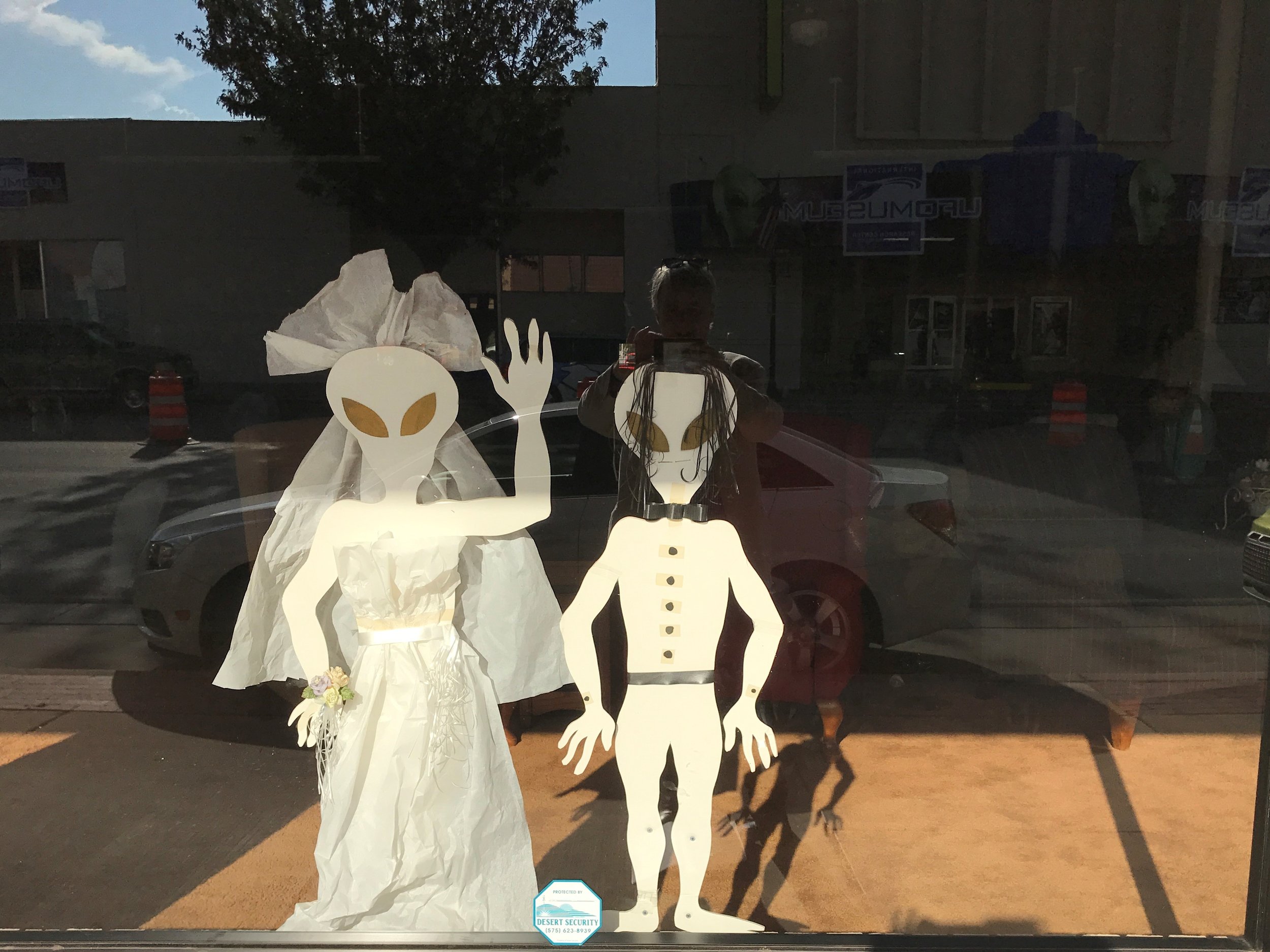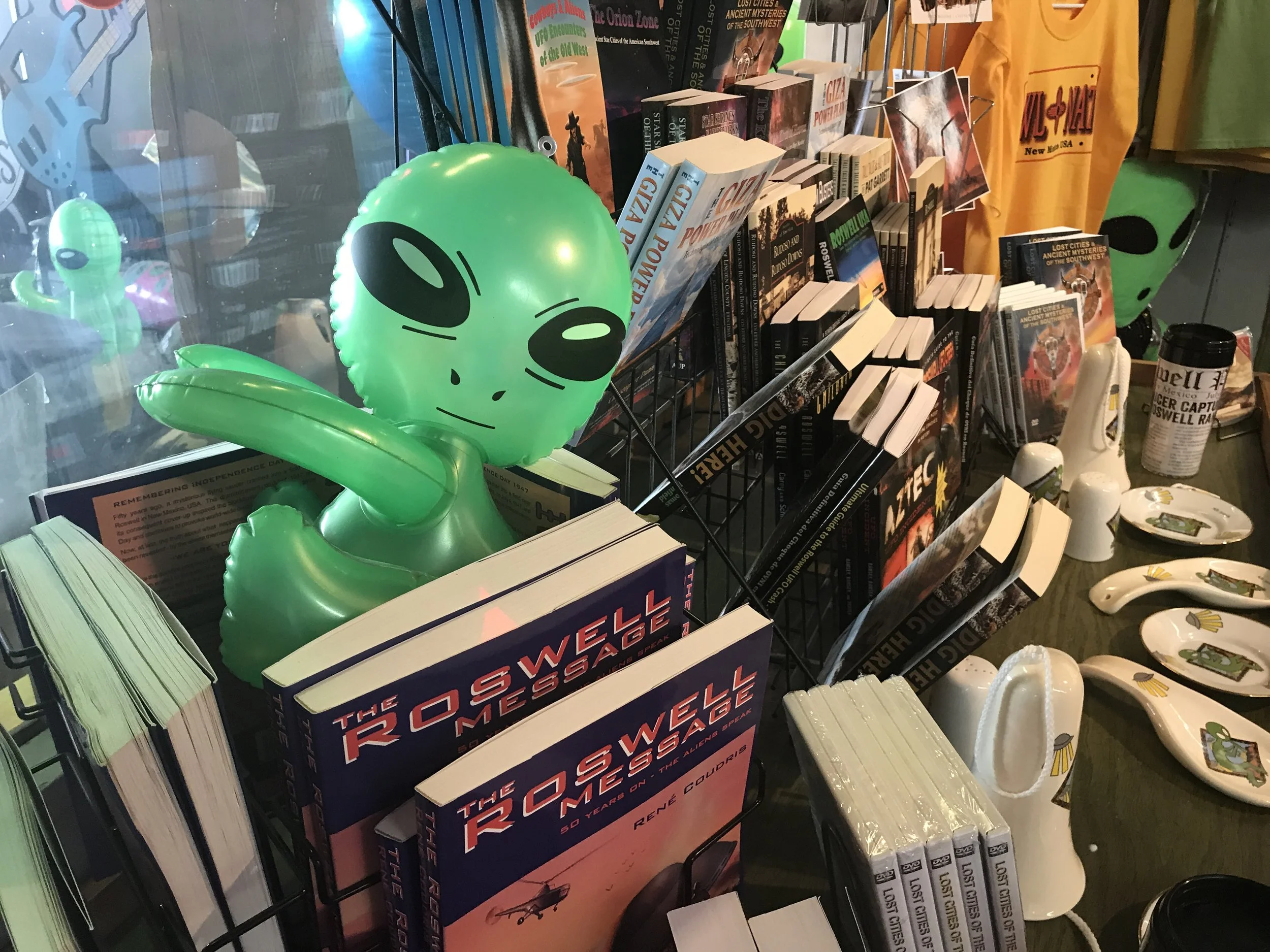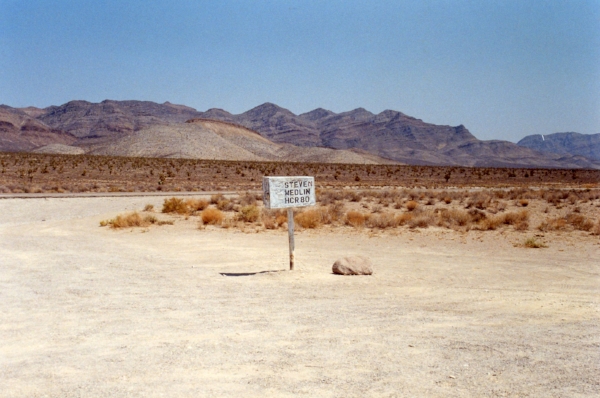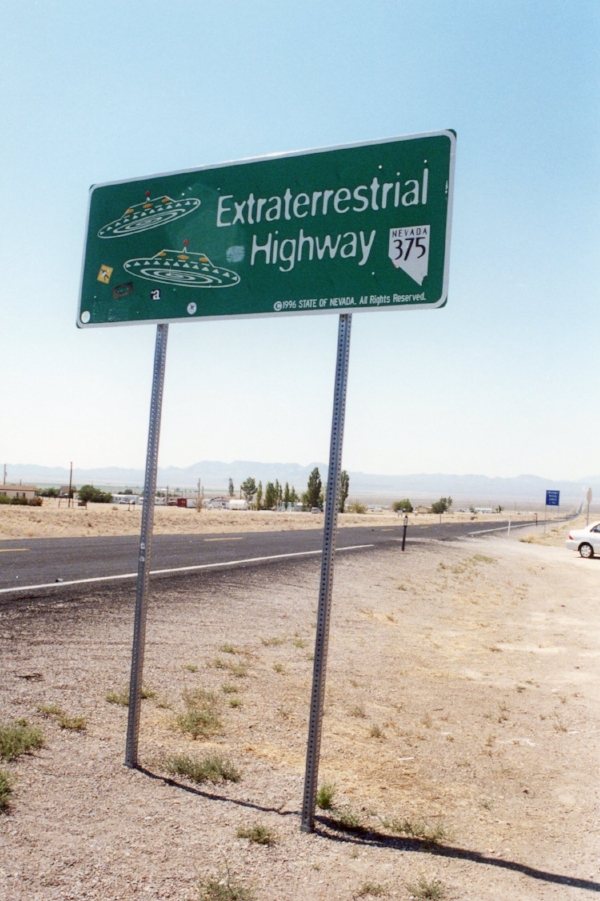Their cloning techniques may (or, more likely, may not) be cutting edge, but there's nothing particularly novel about the Raelians. That's true both literally (they have been around since the 1970s) and, ahem, spiritually — the wilder realms of UFO lore have long been filled with numerous cults, creeds, and true believers in salvation from the skies.
Distinguishing between all the varieties of alien enlightenment can be confusing. To use a possibly unfortunate word, "space" does not permit a detailed survey of what is on offer, so here's a quick guide to some of the players, with a handy comparison of certain key issues to help you choose the group best suited to your needs. NRO's dedicated team of in-house sensitivity counselors insist that the word "cult," with its pejorative connotations, be avoided, so let's just say that all these people have managed, at one time or another, to attract an enthusiastic following. All claims of alien contact have been taken at face value.
Before making your choice, here are some questions you might want to ask:
Should I go for an established brand?
Undoubtedly. We have selected four for your consideration.
The grandfather of galactic goodwill was George Adamski. Highly qualified in both bunkum (he founded the "Royal Order of Tibet" — in, naturally, California), and burgers (he ran a fast-food stand), Adamski's rendezvous with destiny was in 1952, the year he first met up with the likeable Venusian, Orthon. Subsequent highlights included a trip to Saturn and a number of best-selling books. Less successful than some in his field, Adamski failed to transform his saucer sorties into a more-lasting creed, despite claims of a mysterious meeting with Pope John XXIII. Adamski died in 1965, leaving behind a rich legacy of blurry photographs, wild tales, and entertaining conspiracy theories. His memory lives on at the Adamski Foundation.
A year or so after Adamski and Orthon first exchanged small talk (via hand signals and telepathy) Englishman "Sir" George King heard a voice telling him that he was to become the "voice of the Interplanetary Parliament." King was, apparently, "shocked by the implications of this statement" but rapidly came to terms with his new role, which included contact with a "Cosmic Master" known as Aetherius, also based in Venus, but not, strangely, an acquaintance of Orthon. Not long afterwards, "Sir" George founded the Aetherius Society, probably the first UFO-based religion. It's still in existence today after almost half a century, an impressive feat — the original Star Trek only lasted three seasons.
Nearly two decades later, it was Claude Vorilhon's turn. Following an encounter with a pint-sized alien exuding "harmony and humor," Claude, a French journalist, became the prophet Rael. His disciples, the Raelians, are now said to number 55,000 — not counting clones.
Aliens have even been seen in Switzerland, a sensible country generally better known for its banks than its cranks. Despite this, at least one of its citizens, Eduard "Billy" Meier, has been chatting to extraterrestrials for years. Matters really took off, so to speak, in the mid-1970s when Semjase, a sexy siren from the Pleiades, started allowing Billy to photograph her "beamships." It wasn't long before fame and Shirley MacLaine came knocking at Meier's door. The actress went away "amazed" and she wasn't alone. Meier admirers soon formed themselves into an acronym known as FIGU, an ambitious institution dedicated to the "worldwide dissemination of the truth" — under the circumstances a possibly self-defeating enterprise.
Will my new friends ask me to commit suicide?
Probably not, but the Heaven's Gate fiasco offers some useful hints for those wishing to avoid such unwelcome requests. References to human bodies as temporary "vehicles" are a bad sign. An unhealthy interest in plastic bags, sleeping pills, and vodka is even worse. Do not accept any offers of Kool-Aid.
Morks or dorks? How cool are their aliens?
The aliens featured in this survey all predate the Model E. T. standardized in the popular imagination by Close Encounters of the Third Kind. As a result they look more like inhabitants of this planet than Spielberg has taught us to expect. Billy Meier's Semjase, tall, slender, blonde, and blue-eyed, a space chick with more than a hint of Stockholm about her, is undoubtedly the coolest in this cosmic collection, but that's not saying much. Look at the competition. Orthon (one-piece brown leisure suit, red shoes) had no style and Rael's alien (four-feet tall) had no stature. It's difficult to draw any conclusions about the elusive "Cosmic Masters" favored by the Aetherius Society. They appear to believe that they should be heard, but not seen, and clearly prefer to communicate through human intermediaries.
Did the group's founder change or otherwise enhance his name?
This seems to be essential. Claude turned into "Rael," and Eduard became "Billy," a homespun, if not particularly Swiss choice, somewhat eclipsed by the names of Billy's kids — Gilgamesha, Atlantis-Sokrates, and Methusalem. Adamski was a "professor" and "Sir" George King discovered that a knighthood was not enough. He ended his career as both a "prince" and an "archbishop."
Should I worry if the group's founder looks a little weird?
No. Would-be recruits for these groups have much more-important things to worry about. Still, it's an understandable question when confronted with pictures of Billy Meier's beard (a Jehovah/ZZ Top mix) and Rael's topknot, which functions, reportedly, as an excellent antenna for extraterrestrial communication.
They may be nuts, but are they liberal nuts?
An important question for any regular reader of NRO and the answer, regrettably, is yes. Our alien friends often come across as Left-wing Democrats, particularly in their loopy environmentalism (insert Al Gore joke of choice here), welfare largesse, pacifist leanings, and hopelessly utopian worldview. Is it only coincidence that Jimmy Carter once claimed to have seen a flying saucer?
The current tensions in the Middle East are, naturally, a focus of concern. Rael, who has had an interest in the region for many years (there were long-standing plans to build an embassy for incoming aliens near Jerusalem) is opposed to an invasion of Iraq, and, if recent commentary published by Billy Meier's FIGU is any guide, so is Semjase. The "war-waging howling American, G. W. Bush" clearly has a major P.R. problem in the Pleiades, but Dubya's support elsewhere in our solar system remains unclear. Orthon hasn't been heard from for years, but a patchy Cold War record suggests that Adamski's spaceman would not be chummy with Rummy. That's no surprise. Orthon came from Venus, not Mars.
What will be expected of me?
This can vary, but it may be more than just cash. For example, members of the Aetherius Society are often busy charging "Spiritual Energy Batteries" (don't ask) and climbing the mountains first charged with spiritual power back in the heady days of Operation Starlight.
Raelians seem to prefer mounting to mountains. Their "sensual education" ("sensual education allows us to learn to take pleasure with our organs") may be as strenuous as an Aetherian hike, but it sounds like more fun. (For more on this topic, see Any chance of a date?, below).
Will I be cloned?
It's only the Raelians who are concerned with cloning. All life on earth is, apparently, the product of genetic engineering by an alien race known as the Elohim. The Raelians want to repeat the trick, but their cloning technology is optimistic, not mandatory.
I'm interested in one of these groups, but has it ever suffered any embarrassments?
You're considering signing up with one of these groups and you are concerned about embarrassment? That's like being worried about the beard and the topknot. The answer to this question ought, of course, to be yes. These beliefs are the superstitions of a technological age. They are often attached to highly specific "scientific" claims, which have a nasty habit of being subsequently refuted. The Raelians might be about to run into this difficulty very shortly. However, such moments tend to turn out to be less of an embarrassment than might be thought. To take one analogy, many religious sects have a long tradition of forecasting the end of the world on a specific date — only to see that day pass by without apocalyptic incident. They then continue on as if nothing had happened, which indeed it hadn't.
In similar vein George Adamski was unperturbed when shown the first photographs (taken by the Soviet lunar orbiter — Luna 3) of a bleak and lifeless dark side of the moon (a place where this most curious George had earlier claimed to have seen trees, cities and snow-capped mountains). Adamski simply denounced the pictures as fakes, a subject on which he was something of an authority, and stuck to his stories of those handsome folk from Saturn, Venus and Mars. In this field, ordinary notions of embarrassment do not seem to exist.
Despite this, the Aetherius Society has been more cautious: "People on Venus, Mars and the other planets in this solar system are living on higher vibratory planes and even if we go there we will not see anybody unless they decide to make themselves visible to us."
Disprove that.
Any chance of a date?
That's hard to say. When it comes to sex, no sects are the same. Nineteenth Century Christianity included the Shakers (celibate) and the Oneida Community (not at all celibate). The same is certainly true in the UFO sphere. The best bet for space-age swingers? Probably the Raelians. They seem to be up for pretty much anything. This has led, naturally, to stern criticism in NRO but it may explain why the Raelians were always more successful in attracting recruits than the determinedly asexual (some devotees even chose to be castrated) Heaven's Gate.
Conclusion
Are you now bewildered, lost, and completely confused? Has your mind now been filled with useless "knowledge"? Excellent. You are now ready to make your choice.
The truth is out there.



























